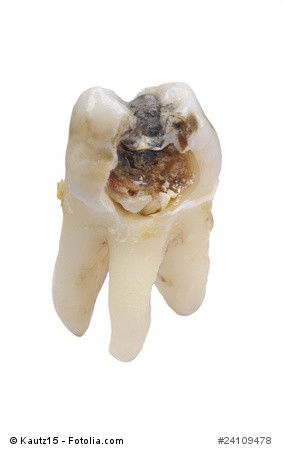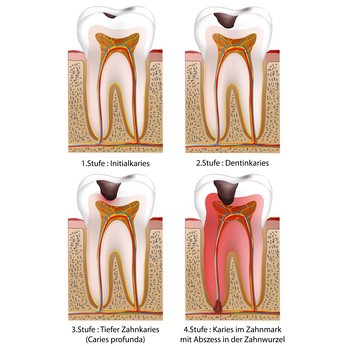Hole in a tooth:
causes & treatment
Hole in a tooth:
causes & treatment
If there is a hole in the tooth, it means that a tooth has caries. However, the hole does not immediately form after a bacterial infection with caries, rather it is a process that continues as long as the degradation process remains untreated.
Caries is one of the most common dental diseases that affects almost everyone over time, whether as a child or as an adult. Symptoms of a hole in the tooth are toothache and dark discoloration of the teeth.
The most important factors that contribute to tooth decay and thus to the formation of a hole in the tooth are everyday habits: dental hygiene, nutrition and luxury food consumption.







